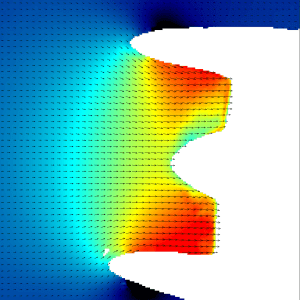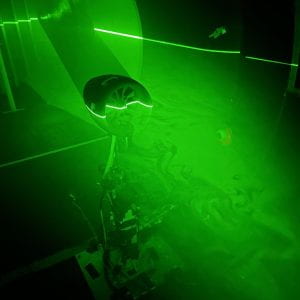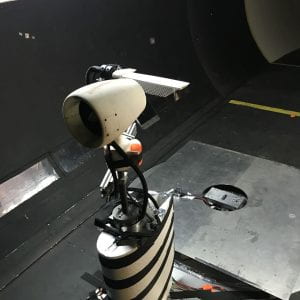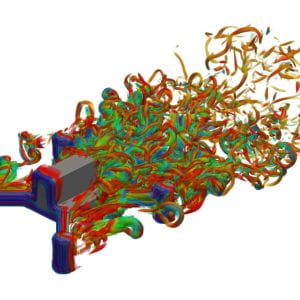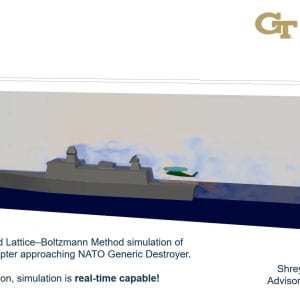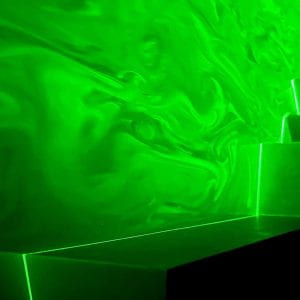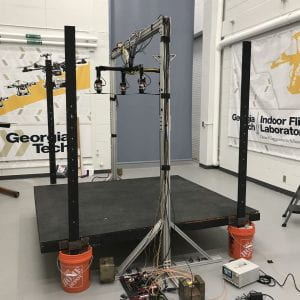Gallery of Research
About
Directed by Prof. Juergen Rauleder, this lab focuses on both the computational and experimental sides of aerodynamics and fluid mechanics. The focus is on highly-efficient (up to real-time) flow field computations and unsteady, time-resolved, high-speed measurements of velocity fields, forces, and pressures. Of current interest are interactional and configuration aerodynamics, aero-propulsive interactions, coupled aerodynamics with flight dynamics, new (distributed) propulsion concepts, as well as fluid-structure interactions as applied to all aspects of active and passive rotating and fixed-wing systems. The lab’s basic research is applied to the aerodynamic design, optimization, and understanding of current and future fixed-wing aircraft and vertical lift configurations, including advanced and urban aerial mobility and UAS, as well as pilot training and simulators. The research is sponsored by the U.S. Army, Navy, NASA, ONR, NATO, the EU, and by industry.
State-of-the-art computational and experimental infrastructure includes several GPU computing clusters, high-speed Particle Image Velocimetry (PIV) systems for optical flow field measurements, concurrent structural deformation measurement using Digital Image Correlation (DIC), 6-DOF force/torque sensors and unsteady pressure sensors. Most of the experiments are done in Georgia Tech’s John J. Harper Wind Tunnel (with a 7×9 foot test section) and the two-story high Hover Chamber in the Indoor Flight Lab (IFL).



